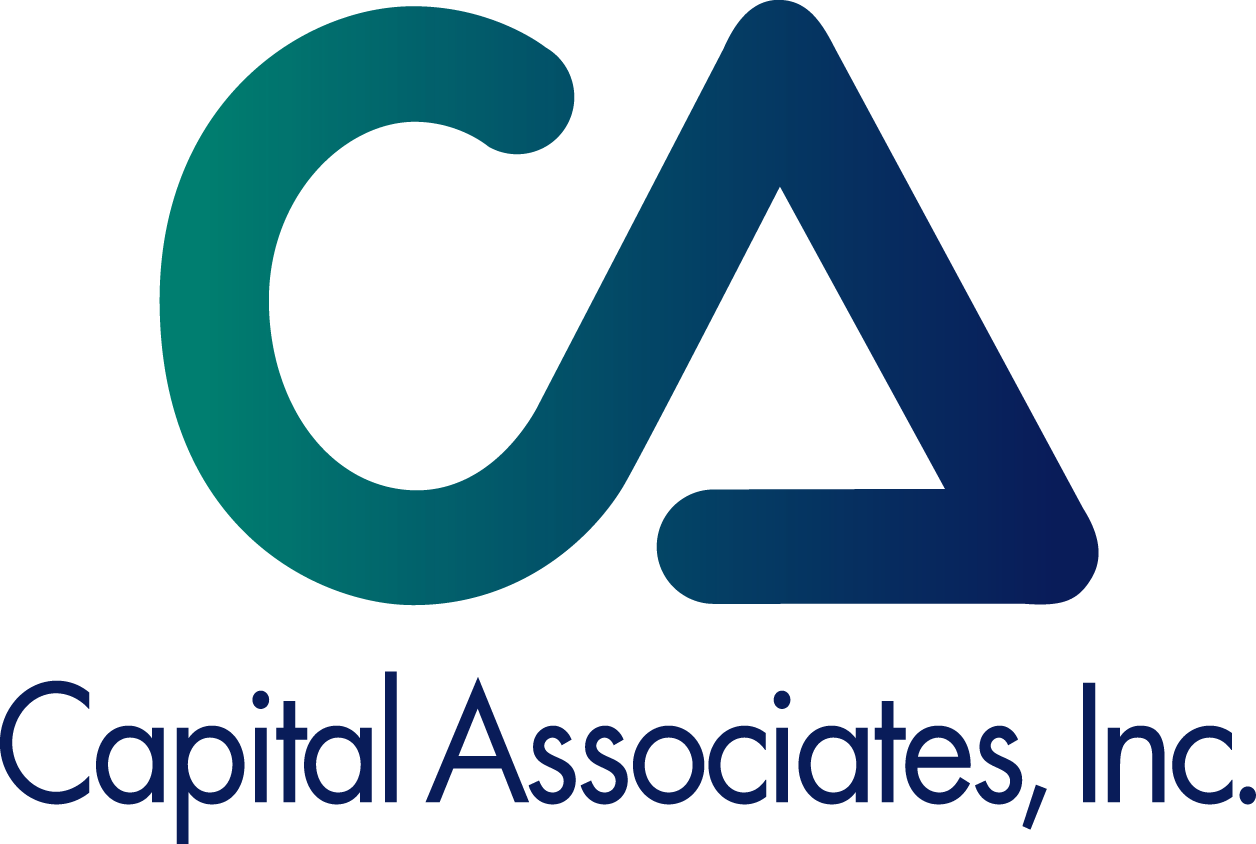
23 Jun A Turning Point for Natural Gas Vehicles in Pennsylvania
“Marcellus Shale” and “natural gas” are household terms now in Pennsylvania. But things were a lot different in Pennsylvania in 2009 than they are now. The Commonwealth, like her peers across the nation, was grappling with a recession that had not yet found bottom. But, unlike many of her peers, Pennsylvania was sitting on top of the Marcellus Shale fairway – one of the most exciting natural gas “plays” in the country. Most Pennsylvanians still hadn’t heard of the term and most policymakers were just starting to appreciate its potential. But before long, Pennsylvania’s budget deficit drove the public calls for the imposition of a severance tax on the extraction of natural gas from various policymakers, including then Governor Ed Rendell.
At that time, House Republican Policy Committee Chairman Stan Saylor (R – York) was able to look beyond the budget deficit of the moment and instead focused on the energy of the future in Pennsylvania. As part of this effort, he assembled a team of House Republicans who put forward a legislative package which was then known as “Marcellus Works.” The package of nine bills were designed to utilize Pennsylvania’s natural gas to grow the use of natural gas vehicles in Pennsylvania and bring along with it a network of natural gas fueling infrastructure.
Policymaking is a lot of things, but it isn’t fast. While the legislation was not widely and immediately embraced, in 2012, the General Assembly passed what is now known as Act 13 of 2012. This legislation imposed an impact fee on the natural gas industry. The revenue from this impact fee was directed for a variety of local, regional, and statewide purposes – many to compensate for impacts from the industry and others to enhance environmental protection in Pennsylvania. A small portion of the revenue from this impact fee went to a three year program, known as the Natural Gas Vehicle Development Program, to incentivize heavy-duty fleet vehicle conversions to either Compressed Natural Gas (CNG) or Liquefied Natural Gas (LNG).
The results of this program have been outstanding. Pennsylvania users of natural gas motor fuels have already saved more than $12 million in fuel costs by displacing 8.5 million gallons of diesel since 2012. Natural gas supply, demand, and savings has all been realized within Pennsylvania through this program. These natural gas vehicles emit 25% less greenhouse gas and do not produce harmful particulate emissions. Over 60 companies, school districts and transit authorities in more than 30 Pennsylvania counties have benefitted from the program.
As it stands today, the Natural Gas Vehicle Development Program has run out of funding. Unfortunately this comes at a pivotal time in the development of Pennsylvania’s natural gas refueling infrastructure. The growing network of stations in the state is allowing for NGVs to evolve in Pennsylvania from simply return to base fleets to short-haul and long-haul fleets as well. Legislation will soon be introduced in Pennsylvania to extend this program for another three years. Policymakers should joing dozens of supporting organizations and consider supporting this extension to leverage the private capital needed to secure a well-developed and sustainable refueling network which can truly make natural gas motor fuel an option for all businesses and government entities in the Commonwealth. Doing so would create jobs and cleaner air for our fellow citizens to breathe while continuing to allow for the development of this new industry segment.




